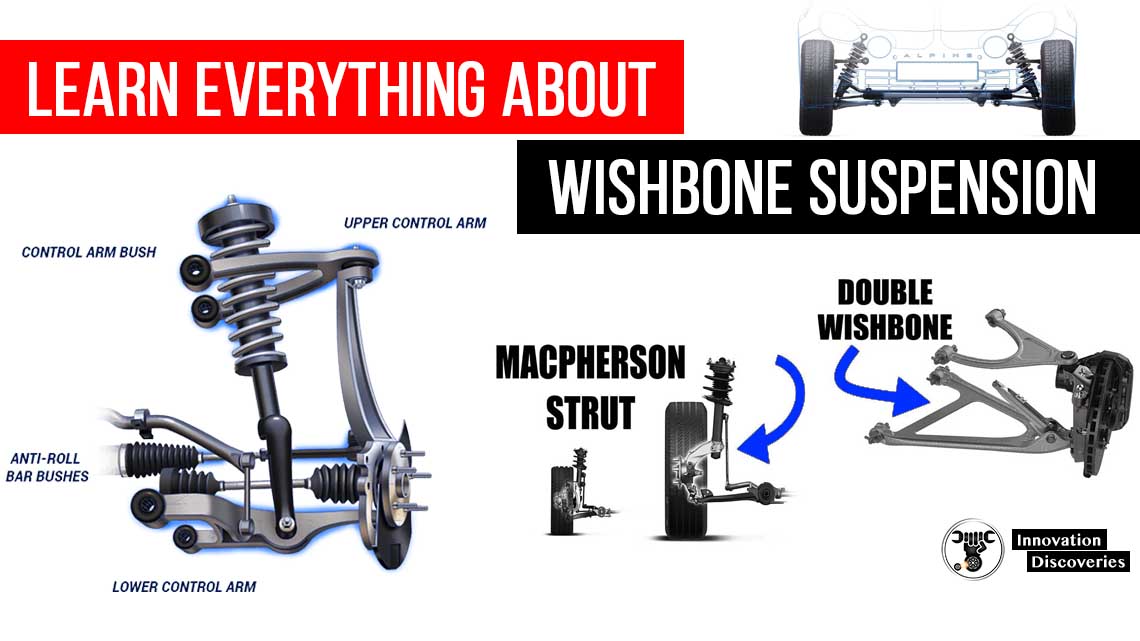
When it comes to building a tough, off-road capable vehicle, one component stands out as a true workhorse: the solid axle. Also known as a live axle, this tried-and-true suspension setup has been the foundation of 4×4 legends for decades. But what makes it so durable, and why do off-road enthusiasts still swear by it today? Let’s dig into the mechanics, advantages, and why “solid axle flex 😎” is more than just a flex.
🔧 What is a Solid Axle?
A solid axle is a type of suspension system in which the left and right wheels are connected by a single, rigid axle housing. This housing contains either a differential (in the case of drive axles) or acts as a mounting point for wheel hubs (in non-driven axles).
In off-road vehicles, solid axles are usually found on:
- Front Axle (driven — in 4WD systems)
- Rear Axle (driven — in RWD or 4WD systems)
This design allows both wheels to move together as one unit, offering great strength and predictability.
🛠 Key Components of a Solid Axle
Here’s a breakdown of the solid axle’s major components:
| Component | Description |
|---|---|
| Axle Housing | A metal tube that encases the axle shafts and supports the vehicle’s weight. |
| Axle Shafts | Steel shafts that transfer power from the differential to the wheels. |
| Differential | A gear assembly that allows wheels to rotate at different speeds while distributing torque. |
| Leaf Springs / Coil Springs | Suspension elements used to absorb shock and support the axle. |
| Control Arms / Radius Arms | Links that locate and control the axle’s movement (mainly in coil spring setups). |
| Track Bar (Panhard Rod) | Prevents side-to-side movement of the axle in coil-sprung setups. |
| Steering Linkages | Tie rod, drag link, and steering stabilizer for solid front axles. |
⚙️ How It Works
In a solid (live) axle configuration, power from the transfer case (or transmission in RWD) flows through the driveshaft into the differential, which splits torque to the axle shafts, spinning the wheels.
Since the entire axle assembly moves as one, any vertical motion on one wheel affects the other side, which is both a blessing and a drawback depending on the terrain.
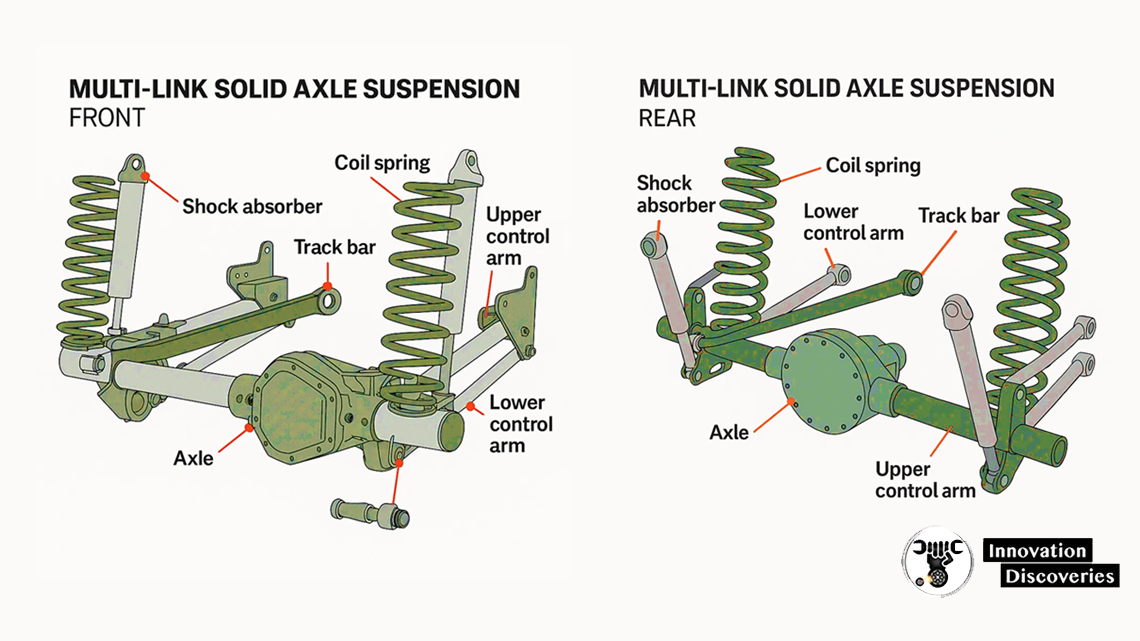
✅ Advantages of Solid Axles
Solid axles have several benefits, especially for off-road and heavy-duty use:
1. Superior Articulation
Solid axles provide better suspension articulation compared to independent suspension. This means one wheel can climb over an obstacle while the other remains grounded — keeping traction on uneven terrain.
2. Strength and Durability
A solid axle can withstand extreme punishment — from rock crawling to hauling heavy loads. They’re simple, easy to reinforce, and less likely to break under stress.
3. Simplicity
The mechanical design of a solid axle is straightforward. Fewer moving parts mean easier maintenance and more reliability in harsh conditions.
4. Customization & Aftermarket Support
Whether you want a lift kit, upgraded gears, lockers, or long-travel suspension, solid axles offer a wide range of aftermarket options.
❌ Drawbacks of Solid Axles
They’re not perfect, and here’s why:
1. Ride Quality
Because both wheels are linked, road imperfections on one side are felt across the vehicle. This reduces comfort and handling on paved roads.
2. Unsprung Weight
Solid axles increase unsprung weight, which can affect the suspension’s ability to absorb shocks and reduce overall handling precision.
3. Less Ground Clearance (at Differential)
The differential hangs low in the center, making it vulnerable to getting hung up on rocks or obstacles.
🏁 Solid Axle vs. Independent Suspension
| Feature | Solid Axle | Independent Suspension |
|---|---|---|
| Articulation | Excellent | Moderate |
| Ride Comfort | Rougher | Smoother |
| Strength | Higher | Lower (usually) |
| Cost | Lower | Higher |
| Maintenance | Simpler | Complex |
🔩 Popular Vehicles with Solid Axles
- Jeep Wrangler (Front & Rear)
- Toyota Land Cruiser (80/70 Series)
- Suzuki Jimny
- Ford Bronco (Early Models)
- Land Rover Defender (Older Models)
- Ram 2500/3500 HD
🏔️ Why “Solid Axle Flex 😎” Matters
When off-roaders show off their suspension flex, what they’re really showing is how much their solid axle allows the wheels to articulate — stretching and compressing to maintain tire contact with the ground. The better the flex, the more capable the rig is on uneven surfaces like rocks, ruts, and trails.
That’s why “solid axle flex 😎” has become a badge of honor among off-roaders — it’s proof your 4×4 isn’t just for looks; it’s built for battle.
Final Thoughts
The solid axle might seem old-school, but its rugged simplicity, strength, and off-road capability keep it alive in the modern era. Whether you’re crawling through rocks, forging rivers, or flexing on the ‘gram, there’s no denying the charm of a solid axle setup.
Next time you see a 4×4 twisted up with one tire in the air and the other hugging the earth, just smile and say: “Solid axle flex 😎”
DOWNLOAD PDF
Discover More:
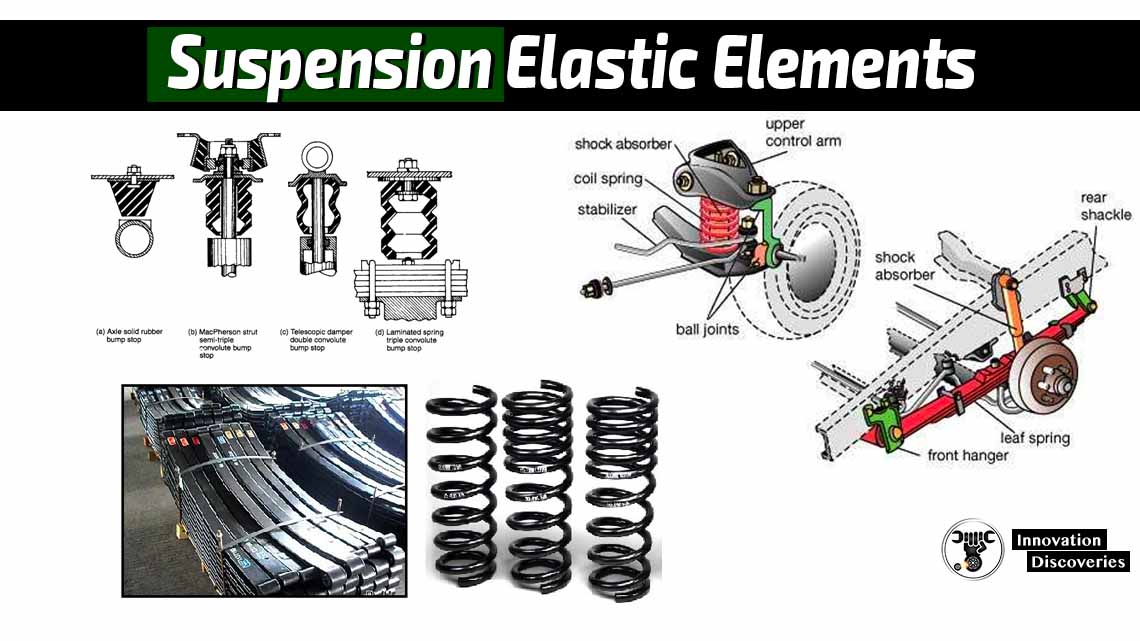

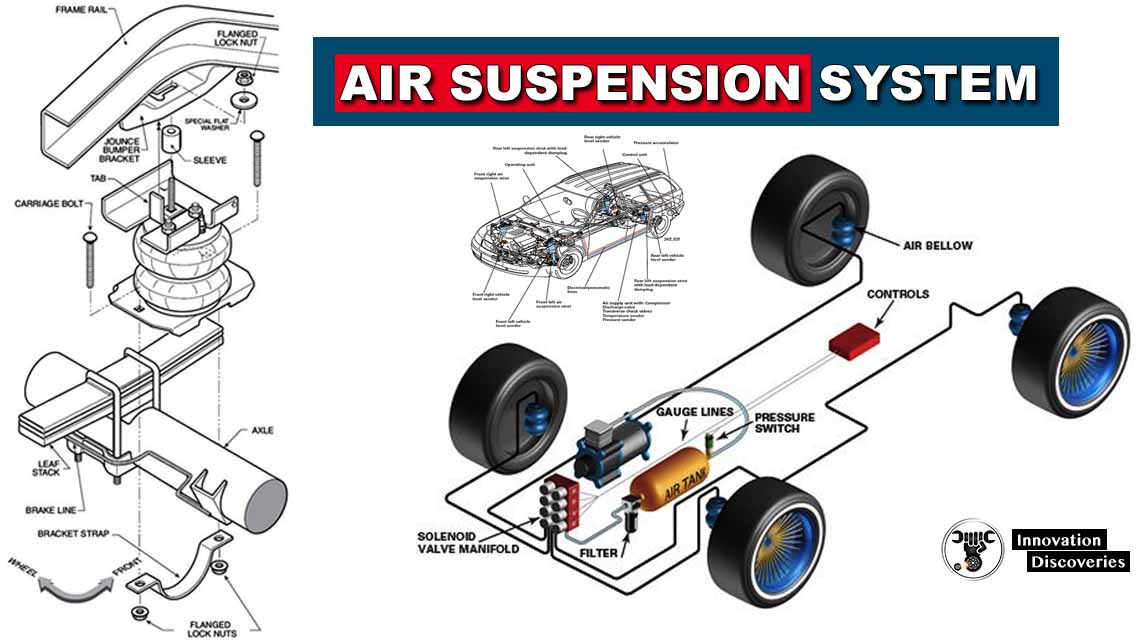
Read More:
- A QUICK GUIDE TO DIAGNOSING 10 COMMON STEERING ISSUES
- 5 WARNING SIGNS OF BAD INTERMEDIATE STEERING SHAFTS
- 3 COMMON SYMPTOMS OF LOW POWER STEERING FLUID
- ELECTRIC VS HYDRAULIC POWER STEERING
- HOW POWER STEERING WORKS?
- STEERING SYSTEM: REQUIREMENTS, TYPES, POWER STEER
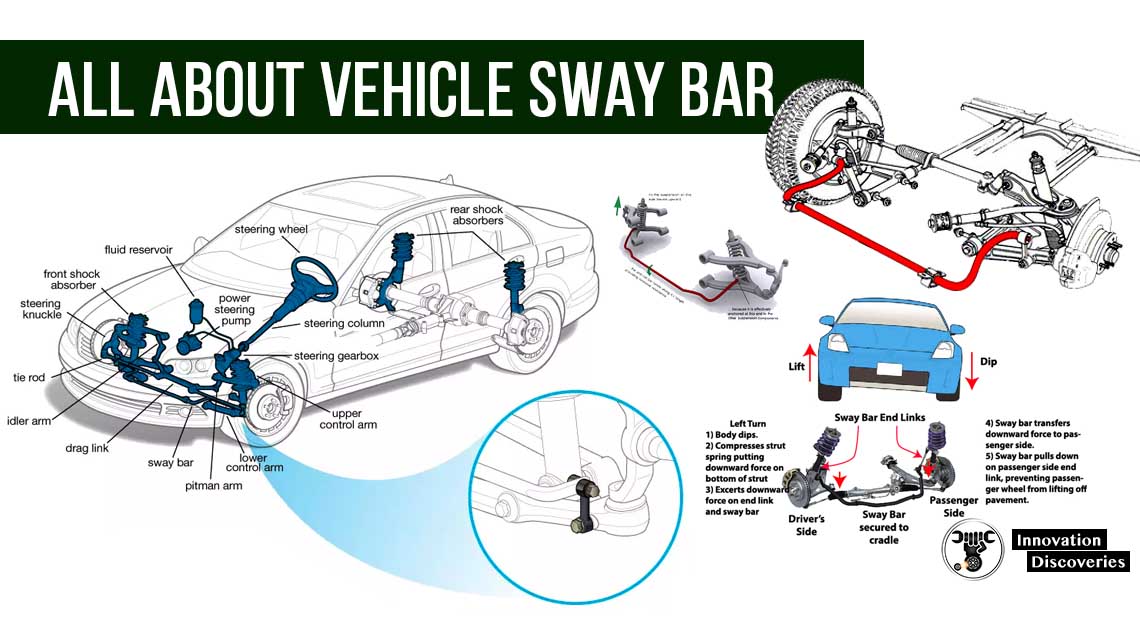
Visit Forum
Visit Our Friendly Website



